Megali Vrysi is a village and the seat of the namesake community in the Municipality of Gortyna in the Heraklion Regional Unit of Crete. It is built at an altitude of 620 meters, with an amphitheater-like view, 3 kilometers east of Agia Varvara. It belongs to the province of Monofatsi. It is 31.2 kilometers away from Heraklion.
Etymology
The village owes its name to the fountain located in its center, which was once truly large and provided abundant water.
History
The village is mentioned in the province of Monofatsi in the Venetian censuses of 1577 (referred to as Megalivrissi metochio), by the Kastrofylakas in 1583 with 71 residents, where it is referred to s Megali Vrissi, and by Francesco Basilicata in 1630. It is also mentioned in the Turkish census of 1671 with 47 haratsi, while based on the Egyptian census of 1834 it numbered 27 families (25 Christian and 2 Turkish). In 1881 and 1900, it was the seat of the homonymous Municipality with 239 inhabitants (227 Christians and 12 Turks) and with 307 people respectively. One of the mayors1 who served during the period of the union of Crete with Greece, where he had the right to vote in the Cretan State, was Antonis Dougerakis. From 1928 until 1998, when it was incorporated into the Municipality of Agia Varvara, it constituted a community. In the aforementioned censuses from 1834 onwards, Preveliana is also mentioned. In the 1834 census we find them as Perveliana, something that Hourmouzis Byzantios corrects in 1842, when he mentions them with their current name. The name of the small settlement comes from the surname of its first settlers, who were Preveli.
Battle of Agios Konstantinos
At the entrance of the village stands a 17th-century basilica-style cathedral. During the Ottoman rule, a battle with the Turks took place in the area around the church, where 20 anonymous volunteers who came to Crete from the rest of Greece to help the Cretan revolution were slaughtered and buried there. In this battle, the village captain Konstantinos Zacharioudakis, son of Nikolaos, who had inherited the captaincy from his father, distinguished himself by killing a “Liapides” (Ottoman soldier). His actions against the Turks were known throughout Messara, and he was buried at public expense. The following excerpts from the book “Michail Korakas” by Anagnostis H. Zachariadis, a fellow soldier and compatriot of Captain Korakas, are characteristic:
…With great haste, the aghas went to the church where twenty volunteers had entered…the unfortunate ones were terrified, they had nowhere to go, they entered the church because they were being chased…Turks and volunteers clashed in battle, and Korakas clashed with the aghas then….Zacharias arrived first, where they were slaughtering a Liapides, he killed that dark-skinned man with his knife…he took his mare, and Korakas a black one, and Romanos killed a young Turk…who were in the church, they had them surrounded, the Turks were there like demons…there they finished off those volunteers, the Cretan aghas took their anger out on them…Korakas retreats from Megali Vrysi because he didn’t have the strength to fight the Turks…Korakas retreats from Agia Anna, the Turks’ banners caused great joy…at Kapsoskoti they fell into a ditch, there they were butchered along with a young agha….
WWII Resistance
A figure of great importance for the resistance against the Germans was Demokritos Arvanitakis, son of Demokritos, who paid with his own life for the struggle for freedom. His bust stands at the Heraklion Recruitment Office. He was only 20 years old when he joined Bantouvosmanolis’ guerrilla group in Omalos. Being a strong and smart young man, he was famous for his speed, which is why he was the messenger of the guerrillas. The day he was brutally murdered by the Germans,2 he was carrying valuable documents with Katsifaris from Agia Varvara to Omalos. After much hardship, they sat down to rest at the mitato of Kentistakis in the village of Symi, where, betrayed by locals, the Germans surrounded the mitato. Katsifaris was captured while Demokritos tried to escape. There they mowed him down with machine guns. With whatever strength he had left, he managed to crawl to a river and “eat” the documents so that the Germans wouldn’t find them. Thus, Demokritos Arvanitakis, son of Demokritos, died 20 years after the death of his father (Demokritos Zacharias Arvanitakis), who had been killed by the Turks in Asia Minor, which is why he bore his father’s name in his honor. Thus, father and son with the same name fell for the freedom of Greece.
Churches
In the settlement are the churches of the Holy Cross, Panagia Almyri (Ascension of the Savior and the Birth of Panagia), the Holy Apostles Constantine and Helen, Agia Anna, Zoodochos Pigi, Agios Georgios, Agios Nektarios, Agia Anastasia and Agios Charalambos.
The church of Panagia Almyri was built in the early Christian years upon the arrival of the Apostle Paul in Crete. When he was shipwrecked on the south coast of Crete, he began teaching Christianity and had as his residence and central teaching point the place where the church is built. His stay and his entire presence provoked the wrath of the ruler of Phaistos, who, sending his son and because he wanted to get rid of him, set a condition that he should strike his staff and salt water should come out. And so it happened, the Apostle Paul struck with his staff and salt water came out. Then the ruler’s son, shocked by the event, like the locals, lived the rest of his life in a cave as an ascetic in today’s small church of Agia Paraskevi. The ruler built the church around the salt spring. Today, there is a well at the spring, where holy water appears during the Divine Liturgy on the day of the Ascension, the day this holy monastery celebrates.
Another church, Byzantine, is that of Agia Anastasia. It is said that at some point in the church, holy water flowed, which, as they say, stopped flowing when the Turks passed by. There is also the Church of the Holy Ten. It is said that a woman saw in her dream the exact location where the church was built. When they started digging, they found two tombs of Saints. The cathedral of Megali3 Vrysi is the oldest church of Agios Konstantinos, which is said to immobilize any thief who passed by there until the morning, when people would see him.
Economy
The residents are engaged in olive growing and viticulture, as well as livestock farming and poultry farming.
Infrastructure
The village has a wind farm, which produces electricity with a capacity of 5 MW. There is a kindergarten and an all-day elementary school, while junior high school students are transported to the junior high school that operates in the village of Agia Varvara. The community of Megali Vrysi includes the settlements of Preveliana and Vorros, which is now uninhabited. The training of the men of the First EOKA took place in this area in 1950. Older families are the Tzagarakis, Arvanitakis, Desdenakis, Antonakis, Athanasakis, Daskalakis, Papadakis, Koumianakis, Anagnostakis and Dougerakis families.
Settlement: Key Points
- Location: 3 kilometers east of Agia Varvara, Crete, Greece.
- Historical Significance: Mentioned in Venetian censuses as early as 1577. Site of a battle during the Ottoman rule.
- Population Data:
Year |
Population |
Notes |
|---|---|---|
1583 |
71 |
as Megali Vrissi |
1881 |
239 |
227 Christians, 12 Muslims |
1900 |
307 |
|
1928 |
511 |
|
1940 |
619 |
|
1951 |
666 |
|
1961 |
750 |
|
1971 |
655 |
|
1981 |
689 |
|
1991 |
699 |
|
2001 |
771 |
|
2011 |
624 |
|
2021 |
515 |
References
Access
Megali Vrysi is 11.3 kilometers away from Krousonas and 2.2 kilometers away from Agia Varvara













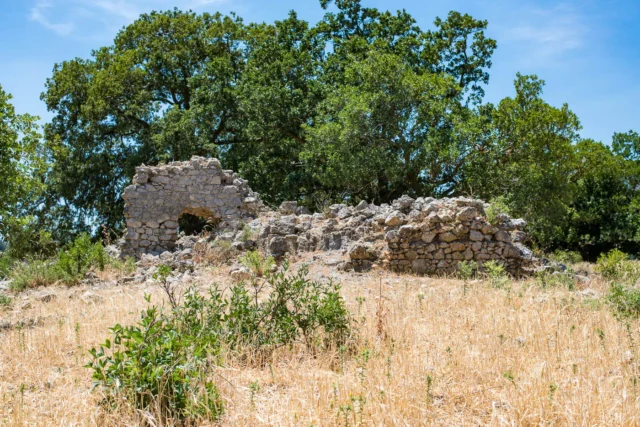

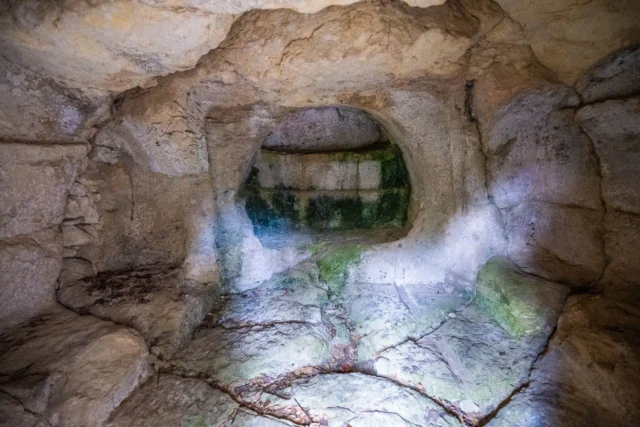


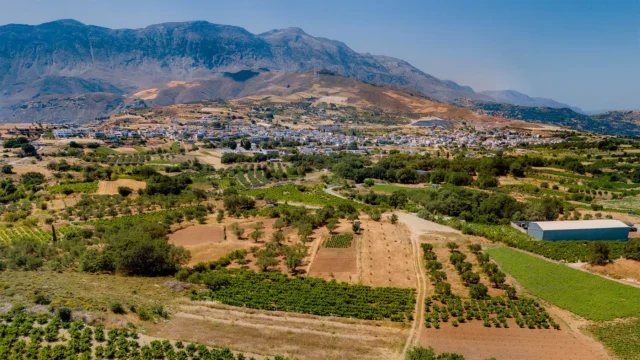
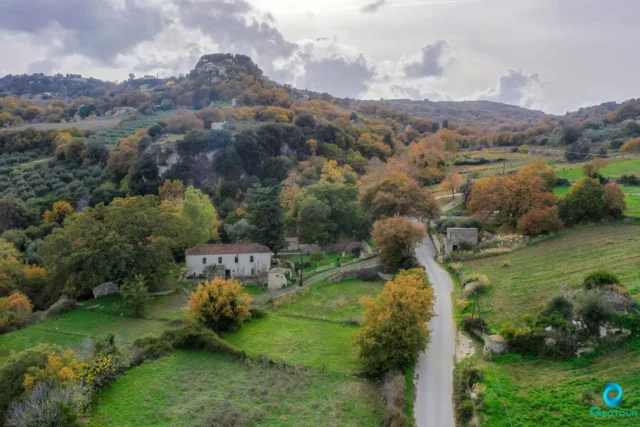


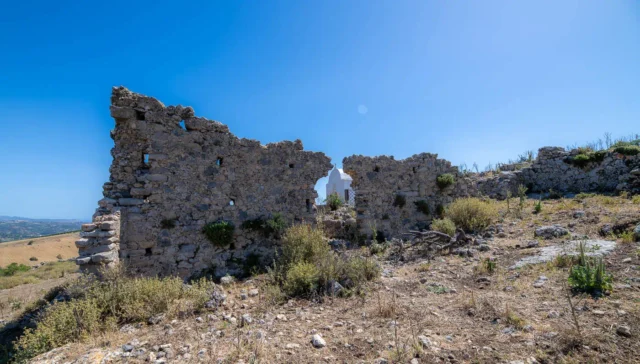

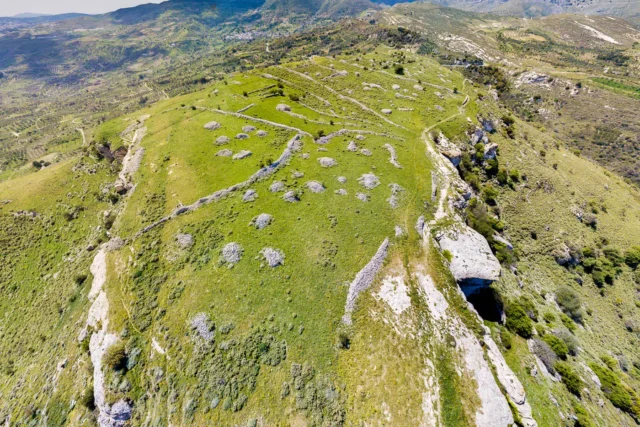

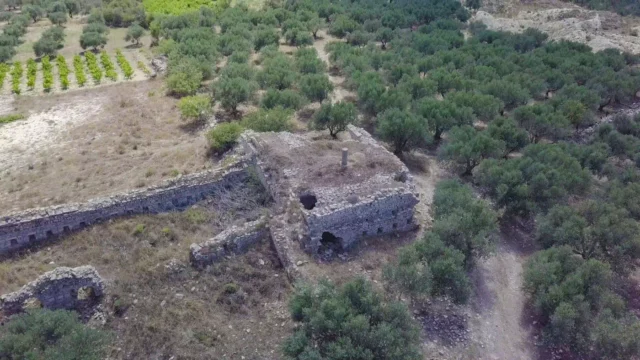

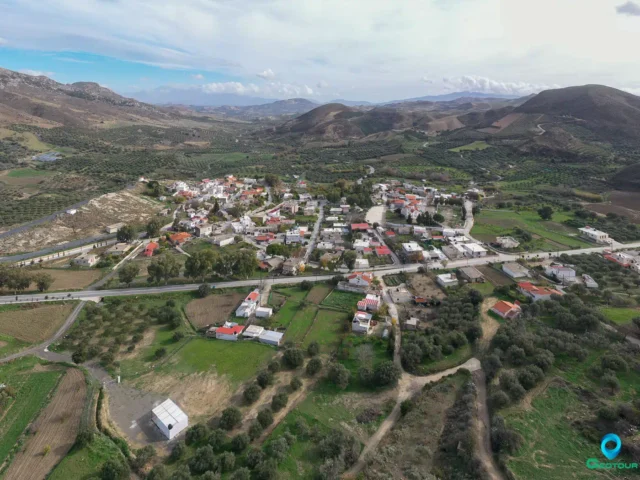
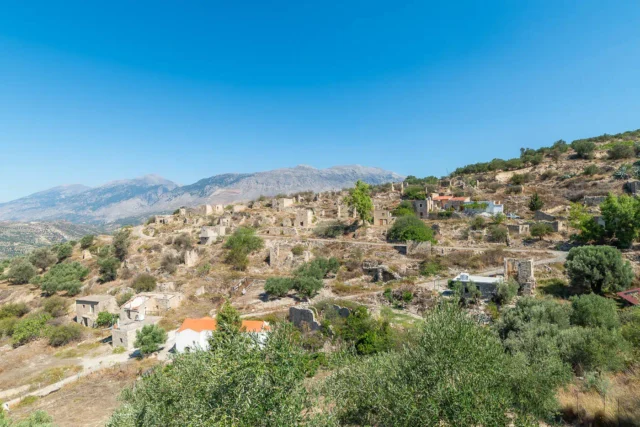

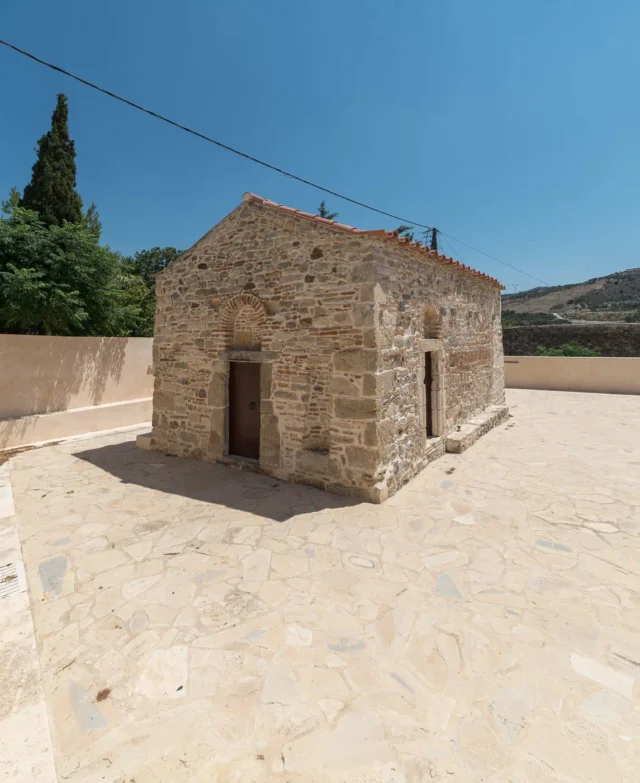

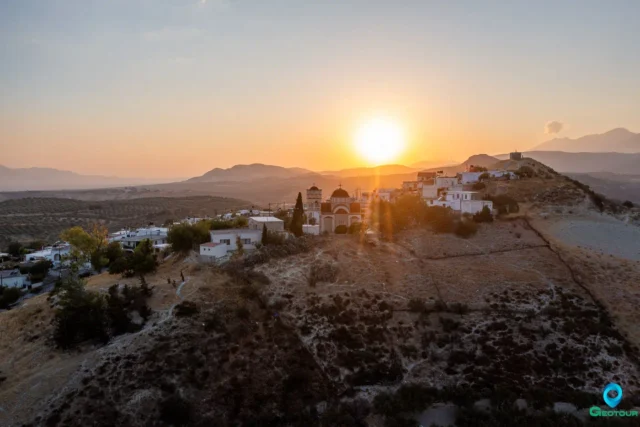

There are no comments yet.